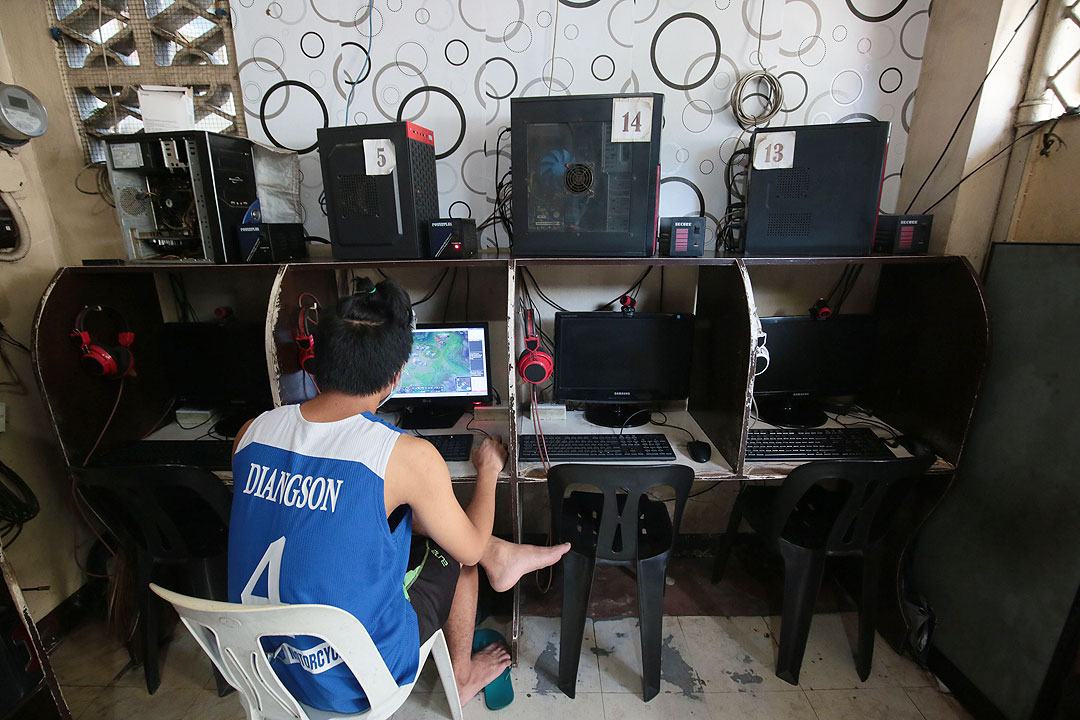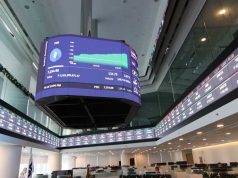
The fixed broadband speed in the Philippines continues to improve but still falls behind its Southeast Asian peers, according to global network testing firm Ookla.
The Philippines’ median fixed download performance improved in the second quarter to 94.42 megabits per second (Mbps), compared with 91.7 Mbps in the same period last year.
Quarter-over-quarter, the country also recorded an improvement, with a 93.77 Mbps median fixed download performance in the first quarter of 2024.
Despite these gains, the Philippines is still lagging behind its neighboring countries, placing third from the bottom of the list.
Singapore ranked first, recording a 284.93 Mbps fixed median download speed in the second quarter, followed by Thailand at 231.01 Mbps, Vietnam at 135 Mbps, and Malaysia at 131.72 Mbps.
Brunei and Indonesia trailed behind the Philippines with speeds of 77.5 Mbps and 31.42 Mbps, respectively.
Additionally, the Philippines saw an increase in median fixed upload speed to 94.13 Mbps in the second quarter, compared with 93.13 Mbps in the same period last year and 93.66 Mbps in the first quarter of 2024.
For the April to June period, Ookla reported that the five areas with the fastest fixed broadband performance are all in Luzon, indicating an unequal distribution of fixed network infrastructure.
Calabarzon logged the fastest fixed median download speed for the second quarter at 99.55 Mbps, while Eastern Visayas recorded the lowest at 38.43 Mbps.
“Given Luzon’s economic significance and high population density, it is where the majority of the country’s investment in high-speed broadband infrastructure is concentrated, especially in the capital, Metro Manila, as well as nearby provinces and central Luzon,” Ookla said.
Meanwhile, mobile internet remains the primary means of connection in the country, with Ookla noting that only 33% of the population has access to fixed broadband.
The global network testing firm also highlighted fixed wireless access and satellite broadband as potential solutions to bridge the digital gap.
Ookla noted that the Philippines’ archipelagic layout may deter internet service providers from investing in fiber deployment, as accessing remote areas can be challenging.
Additionally, Ookla observed that the increasing samples and interest in Starlink’s low-Earth orbit satellite-based connection could make satellite service a feasible home broadband alternative. However, Starlink’s performance in the country is still outpaced by fixed broadband, with a median download speed of 48.14 Mbps compared to 94.42 Mbps. — Ashley Erika O. Jose



